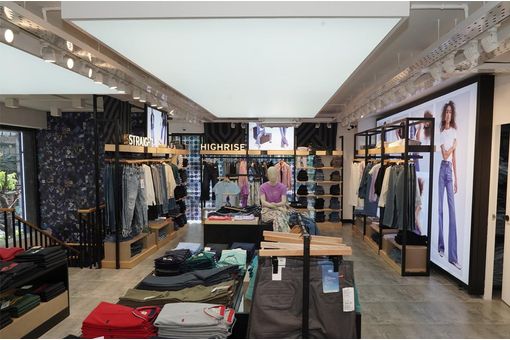Interviews
T4T automatic sorting machine for recycling used apparels
23 Aug '12
7 min read
Disposing of old clothes is emotional for people. We feel guilty when we throw away a garment which is still perfectly wearable.
Research which KICI Foundation in the Netherlands has carried out for several years shows that citizens prefer to discard second-hand textiles that are still good enough to wear by donating them to charitable organizations, so that other people can wear them. The rest they throw away in the normal waste bin.
However, it appears to be quite difficult for people to decide which garments to donate and which garments to throw away. In the Netherlands almost 70 million kilos of textiles are separately collected, whereas approximately 135 million kilos end up in the waste. Two thirds of this is perfectly fit for re-use or recycling, according to the Dutch branch organization for textile collectors and recyclers VHT (Vereniging Herwinning Textiel).
Also in other European countries, such as the UK, enormous amounts of clothing go to landfill each year. For example M&S has estimated this to be an amount of around 1 billion items each year in the UK (source: www.ecotextile.com).
On May 7th, 2012 the Dutch VHT and partners launched a project under the name Fashion2, which aims to empower citizens to bring all their second-hand garments and textiles to textile collection bins, even if they are worn out. In the UK M&S in cooperation with Oxfam works on a similar concept, requesting citizens to bring their unwanted garments whenever they buy a new one.
More and more brands, retailers and governments see the necessity of starting textile recycling projects, to avoid textiles ending up in landfill or incinerators, but also to create closed loop systems, in which new garments are manufactured with the use of recycled fibres. In this way less water, fewer pesticides, and less farmland is used whilst consumer demand for fashion can be met, now and in the future.
The challenge for the recycling industry is to find a way to profitably separate the different garments, especially when citizens also throw worn out garments in the textile collection bins. With the present system of hand sorting, about 50% of all garments are of a good enough quality to be sold in second-hand markets in Eastern Europe and Africa. This is the part which is profitable for sorting companies. The other 50% are being used for low value recycling, such as insulation materials, fillings or wiping cloth. This is the part which is not profitable for sorting companies, because the cost of sorting is higher than the sales price of these materials.
Popular News
































-Ltd..jpg?tr=w-120,h-60,c-at_max,cm-pad_resize,bg-ffffff)





.jpg?tr=w-120,h-60,c-at_max,cm-pad_resize,bg-ffffff)
.jpg?tr=w-120,h-60,c-at_max,cm-pad_resize,bg-ffffff)






